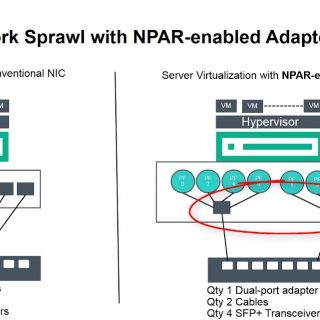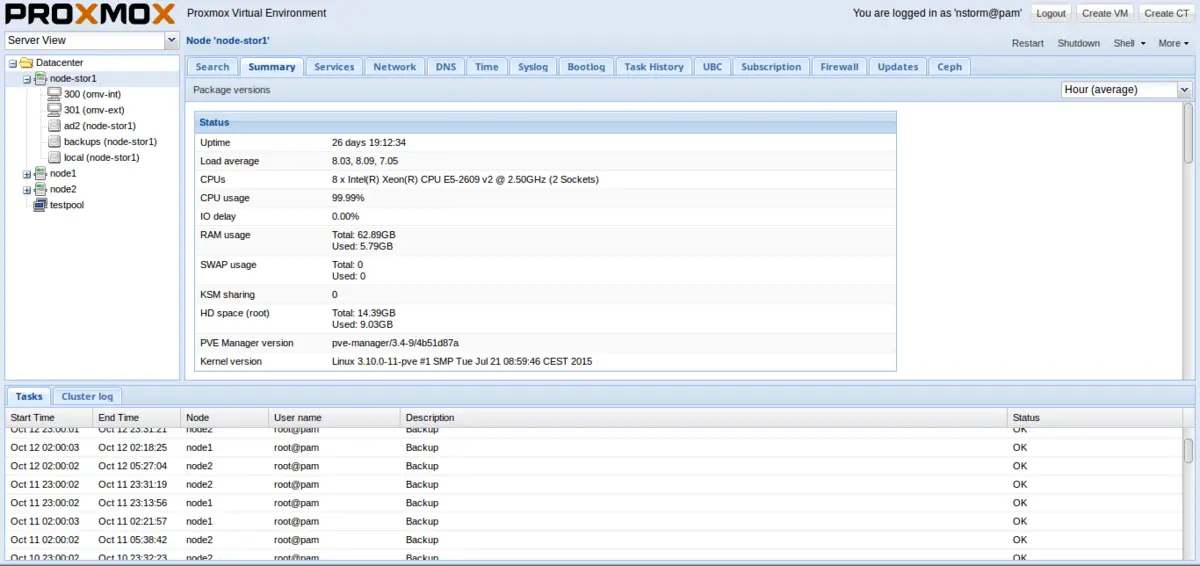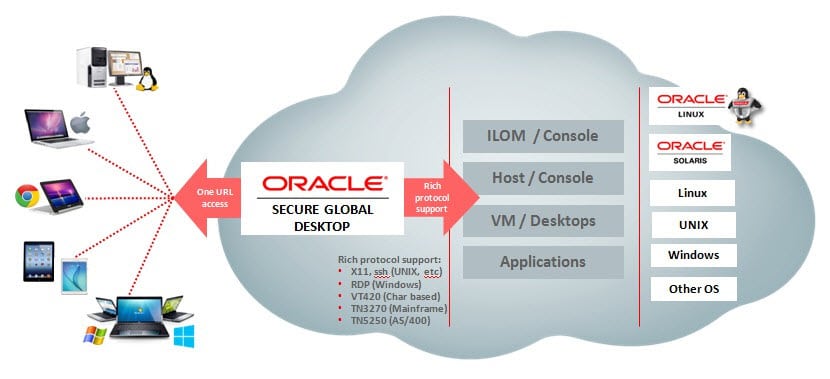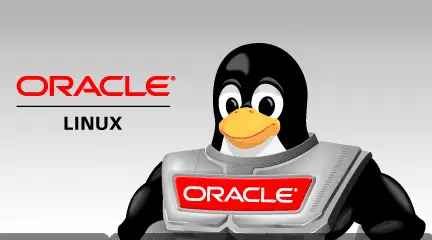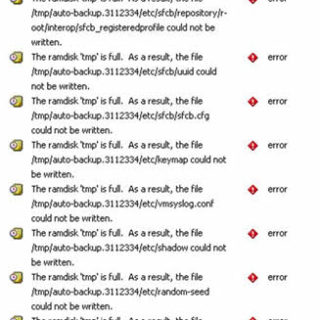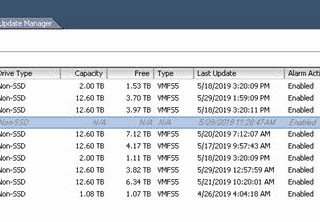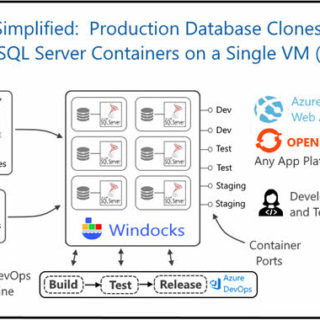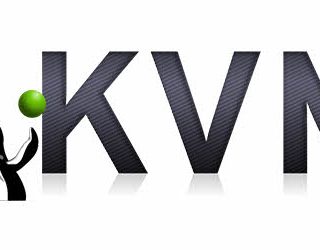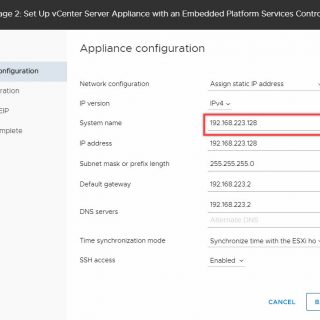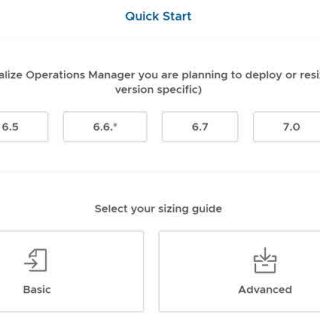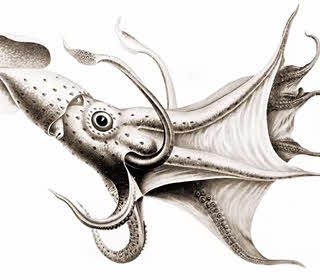Using Network Partitioning (NPAR) in VMware ESXi
Data Center design is changing year by year, before virtualization all servers was physical and data centers were full of devices and cables. Virtualization helped to make data centers smaller and consolidate different workloads in same hardware. Hardware technologies are also helping to achieve this goal. Network Partitioning (NPAR) is one of hardware technologies which helping to reduce cabling, switch devices and use all I/O capacity in data centers. What’s Network Partitioning (NPAR)? NPAR is an operating system and switch agnostic technology that allows customers to reduce the number of I/O adapters required to support different application workloads. Traditional best practices require separate LAN or SAN connections for different aspects of application workloads. Converged Network Adapters already support widely used SAN protocols like Fibre Channel over Ethernet (FCoE) and iSCSI, administrators can already reduce the number of adapters needed for separate protocols, including separate Fibre Channel and Ethernet adapters. With NPAR, these adapters can now partition their network bandwidth further into multiple virtual connections, making one dual-port adapter appear as eight adapters to the operating system for use by the applications. This greatly simplifies the physical connectivity to the server, reduces implementation time, and lowers the acquisition cost of the...
